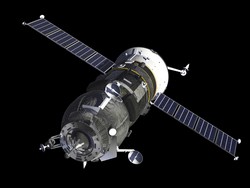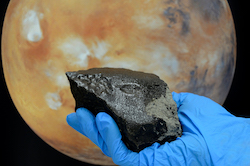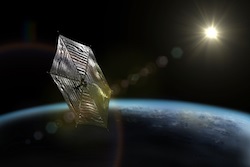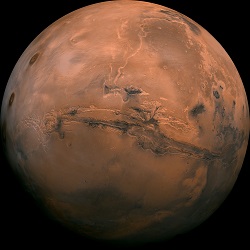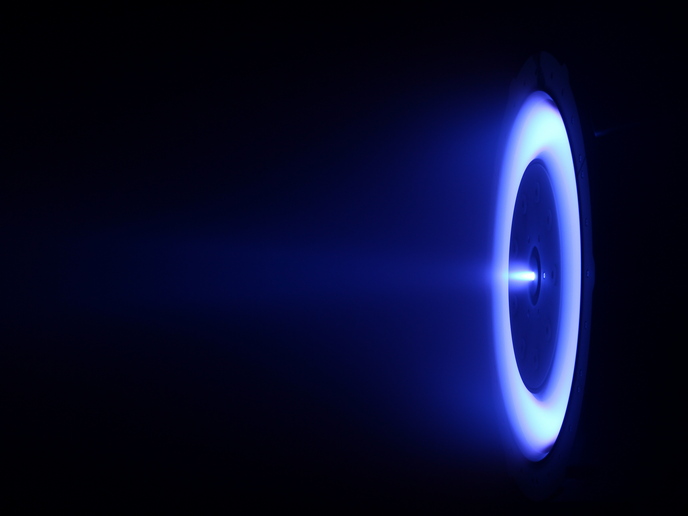Onboard power generation to explore space
Onboard power is key for the exploration of our solar system. Beyond Jupiter’s orbit, where solar energy is minimal, radioisotope power systems (RPSs) are the only option to date. This type of nuclear energy technology utilises heat to generate electricity for spacecraft and their scientific instruments. That heat is produced by the natural radioactive decay of plutonium-238. RPSs are not new. They have been fuelling deep space missions of the National Aeronautics and Space Administration (NASA) for more than 50 years. The EU-funded project SPACE TRIPS(opens in new window) (Space thermoacoustic radio-isotopic power system) was initiated to develop European RPS technology. The focus was on coupled thermoacoustic (TAc) and magnetohydrodynamic (MHD) electricity generation. In contrast to conventional Stirling cycle technology with pistons developed in the US, TAc-MHD generation has no moving parts. Thermal energy produced by the decaying radioisotope is converted into mechanical energy in the form of vibrations. These mechanical vibrations cause movement of a liquid metal in the presence of a magnet that induces current flow, in other words, electricity. SPACE TRIPS brought together expertise in TAc and MHD power generation to demonstrate the feasibility of coupling them, as it has never been done before. Numerical simulations aided in the definition of system specifications both individually and when connected. In doing so, deep space requirements for such an electricity generator were considered. Ultimately, a prototype was manufactured and tested to evaluate the performance of the coupled TAc–MHD electricity generator with no moving parts. Successful outcomes would ensure the independence of the European space industry. The new RPS system can also find applications in the conversion of geothermal or waste heat into electricity, both efficiently and cost effectively.



